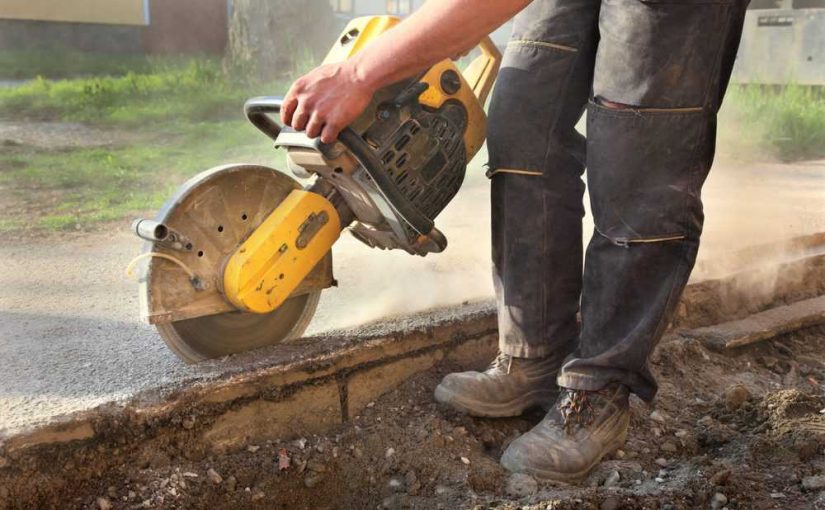
When most people think about demolition or repair, what comes to mind is chaos, jackhammers, debris, delays, and a whole lot of disruption. But beneath the noise lies a new era of removal that’s surprisingly surgical. Whether it’s popping open a manhole cover in the middle of a busy street or gutting a kitchen to its studs, the world of removal has been flipped on its head with precision-based tools and techniques that get the job done faster, cleaner, and safer. While these processes operate in very different environments, one in gritty municipal infrastructure, the other inside modern homes, they share a powerful philosophy: take only what’s necessary, and do it with intention. You can see this ethos in action on the mr. manhole website.
The Science of Cutting Without Collateral
Today’s most innovative removal techniques aren’t about brute force; they’re about calculated execution. In residential spaces, this means gutting a kitchen without knocking out support beams or damaging electrical work that’s staying put. In the streets, it’s about removing a failing manhole frame without compromising the surrounding asphalt.
Inside homes, interior demolition has evolved far beyond just swinging a sledgehammer. Contractors are now expected to preserve key structures, contain dust, and work around daily life. Homeowners want transformations, not trauma. The best demolition professionals know that carelessness doesn’t just cost time, it costs trust. A skilled demo crew will know how to take down walls or cabinetry methodically, labeling wires, protecting plumbing lines, and leaving behind a site that’s ready for a seamless renovation.
On the infrastructure side, cities are finally acknowledging that decades-old processes for accessing or replacing manholes are expensive, outdated, and damaging to the roadways. Traditional saw-cutting methods crack pavement and require large crews to spend hours prepping and restoring. But new systems that use specialized cutting rigs deliver perfect circular cuts, preserving more of the surrounding area while reducing time on-site. It’s no longer about cutting corners; it’s about cutting smarter.
Dust-Free Zones and Disturbance-Free Streets
One of the most striking parallels between urban and residential removal lies in how much both industries now prioritize minimizing disruption. For homeowners, this means less dust, less noise, and less downtime. In a kitchen demo, for example, trained crews now isolate the work area, run HEPA filters, and remove debris in stages to avoid overwhelming the space. They’re not just removing countertops, they’re preserving peace of mind.
Likewise, when city streets need utility access or manhole repairs, the goal is no longer to block traffic for days. With newer, precision-guided equipment, teams can make faster, cleaner cuts in the road and complete necessary work in a fraction of the time it once took. These improvements may seem small in isolation, but they add up to fewer complaints, lower costs, and longer-lasting road surfaces.
When a home is being demoed room by room, care and strategy are essential, especially when neighbors are close by or children and pets are still living in the house during the renovation. That’s why it’s essential to work with professionals who know how to navigate not just materials, but people. If you’re ready to start a project that transforms your space without overwhelming your life, you should contact Rose City Home Demolition to see what careful removal looks like.
Tools That Talk Back: Smart Equipment Takes Over
Innovation in both the residential and municipal sectors doesn’t just come from experience; it comes from smarter tools. In the city, equipment like the Mr. Manhole cutter can be mounted on skid steers and quickly score perfect rings around manhole lids. These aren’t just faster; they’re also safer and more consistent. Crews spend less time in dangerous traffic zones, and the results are cleaner, leading to fewer issues down the road, literally.
In homes, similar leaps in demolition tools are helping pros remove tile, hardwood, and drywall without wrecking subfloors or surrounding surfaces. Oscillating tools, dust-suppression systems, and infrared imaging all give today’s interior demo specialists a kind of “x-ray vision,” letting them see what’s behind walls and floors before a single nail is pulled.
Both sectors are also beginning to incorporate digital documentation, using tablets and cameras to track progress, catch potential problems early, and communicate clearly with clients or inspectors. In short, these are no longer jobs done by feel alone. Data, imaging, and precision technology have brought a level of control to removal that was unheard of a decade ago.
Why Precision Matters More Than Ever
The days of one-size-fits-all demolition and repair are over. In urban environments, precision preserves infrastructure and reduces costly rework. In homes, it protects everything from load-bearing beams to the emotional well-being of the people who live there. Both types of work now share the same goal: Do it once. Do it right. Leave the rest untouched.
What’s striking is how much the best practices in one arena influence the other. A homeowner might never think about how manhole covers are repaired, but they appreciate the same speed and cleanliness in their living space. Likewise, city engineers may not care how a kitchen wall is torn down, but they value the same levels of safety, control, and consistency.
Ultimately, this is about more than construction. It’s about a shift in mindset. Whether working beneath a busy intersection or inside a family’s living room, the best pros now approach removal as a craft, not just a task. And that’s a change we can all appreciate, whether we’re driving to work or making breakfast in our brand-new kitchen.








